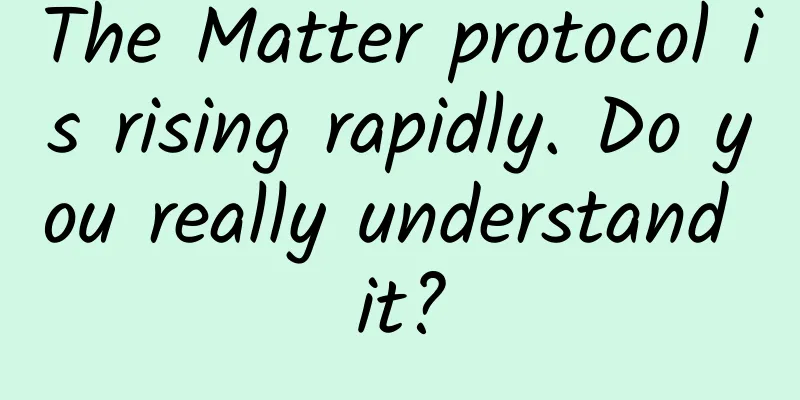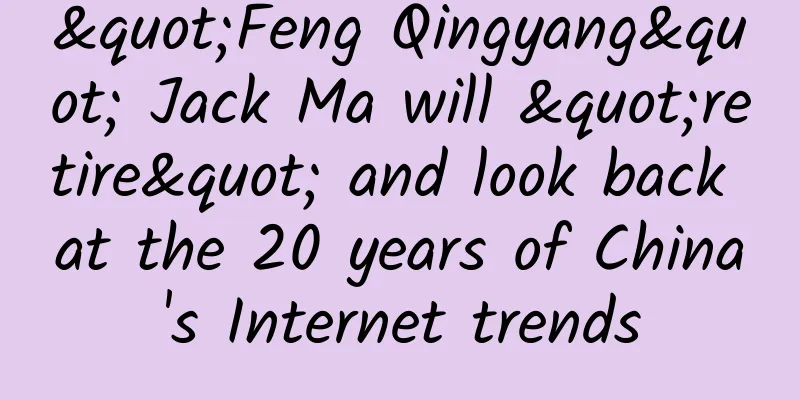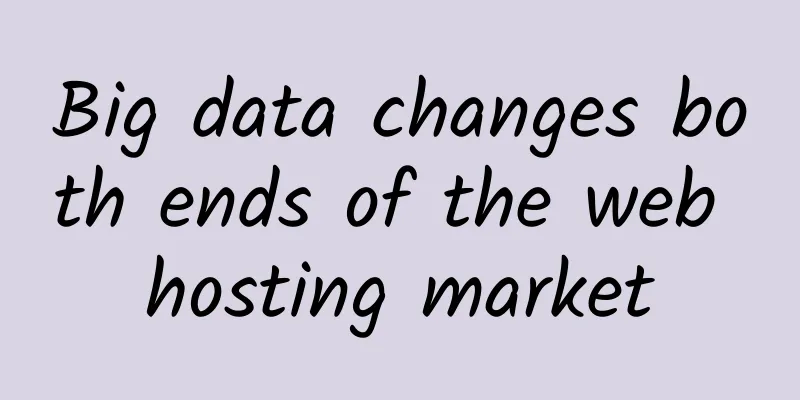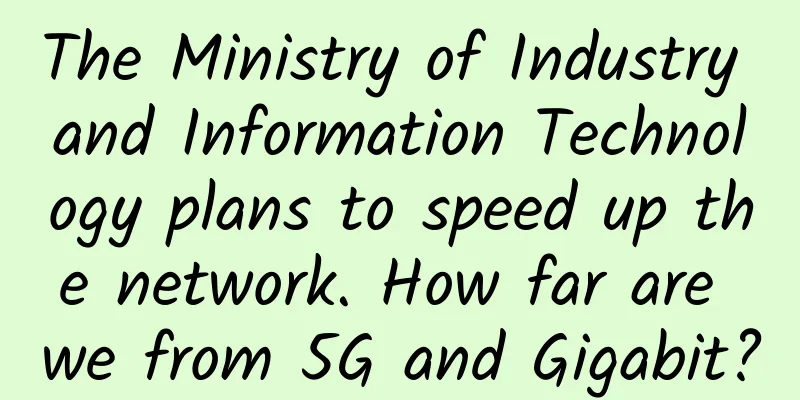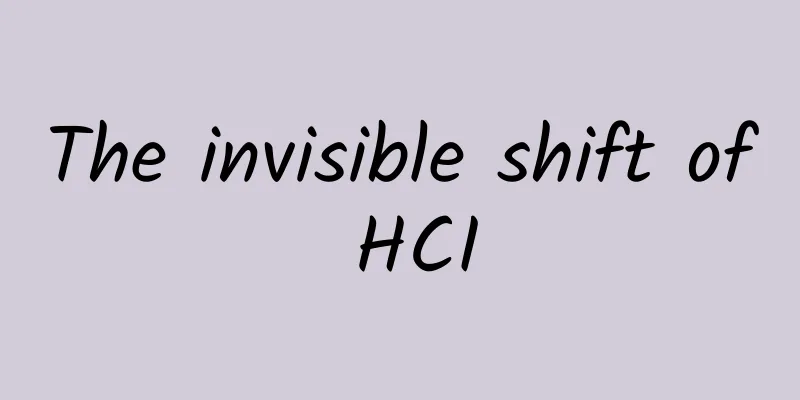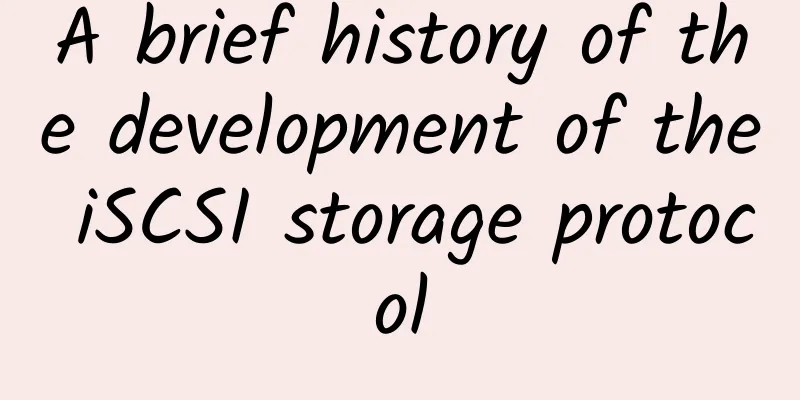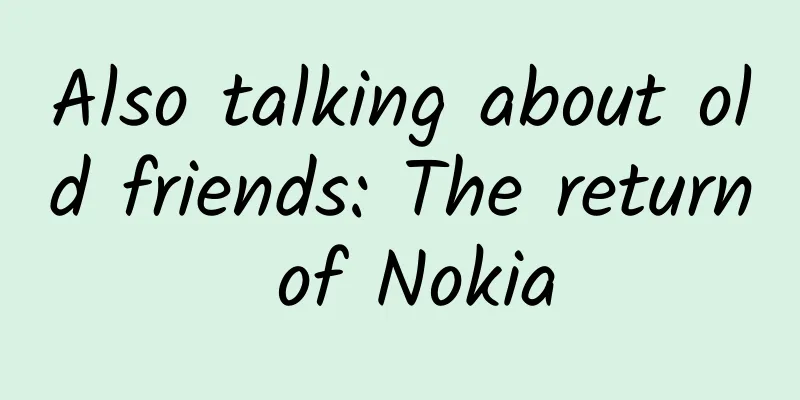City managers can now predict the future using 5G and digital twins
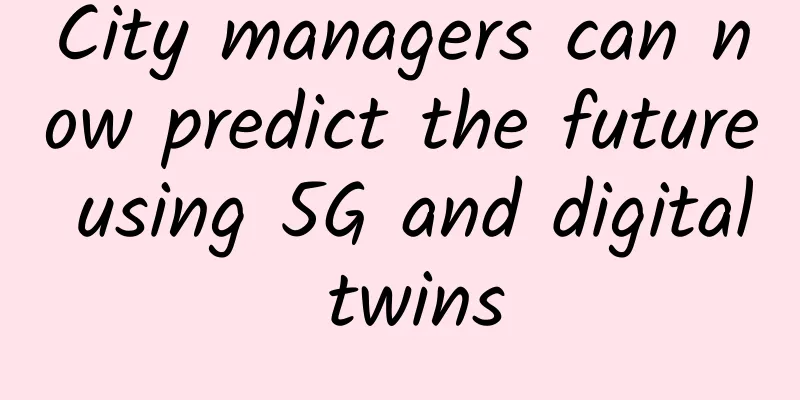
|
Digital twins, or DTs, are data-enabled city models that city leaders can use to simulate real-world urban stressors, from road traffic to natural disasters. According to United Nations projections (https://www.un.org/development/desa/en/news/population/2018-world-urbanization-prospects.html), by 2050, two-thirds of the world’s population will live in urban areas, resulting in 43 megacities (urban areas with more than 10 million inhabitants) around the world. This concentration of human activity presents the potential to severely impact transportation, utilities, and communication systems. Coupled with the looming challenges associated with climate change and the global pandemic, urban residents will face uncertainty on a massive scale. As urban populations surge, so too do sensors and data-collecting devices. By 2025, the Internet of Things (IoT) is expected to expand to nearly 42 billion connected devices, generating more than 79 zettabytes of data. (A zettabyte is 1 trillion gigabytes.) If applied thoughtfully, this wealth of information can be used to better understand, plan, and prioritize urban response mechanisms. By visualizing data more clearly and matching it to real challenges, we can shape the future. Welcome to the era of digital twins (DT)! DT is a digital picture or 3D visualization of a city center and its complex systems. The tool allows city leaders to simulate scenarios that support short-term and long-term planning and response. By integrating data about real-world objects (such as buildings, trees, sidewalks) and infrastructure elements (such as water pipes, sewer systems, connecting pipes), as well as relevant static data (such as permit regulations, building regulations) and dynamic data processed as data is collected (also known as edge data, such as weather conditions, pedestrian traffic counts, vehicle movement, etc.), urban planners can instantly portray the operation of the city. This virtual environment can reflect reality in real time and test and predict potential possible outcomes. DT solutions have been used in advanced manufacturing for nearly 20 years, but are now only available at the city level of certain sizes. Until recently, the technical capabilities required to realize all of these functions simply did not exist at the scale of many cities. Such advanced data visualization tools rely on advanced sensor technology and high levels of data collection, optimization, and analysis, which require a lot of computing power and bandwidth. Now that 5G networks are being rolled out in cities around the world, we should finally be able to realize the true potential of DT solutions. 5G helps DT With the popularization of 5G, the next generation of Internet connection, network speed and capacity will increase rapidly. 5G can take IoT to a new level and realize large-scale edge computing, making DT solutions feasible, which are the basic building blocks of smart cities, where interconnected technology and data can improve urban operations and improve the quality of life of residents. In the pre-5G world, cities could collect data on pedestrian traffic, vehicle traffic, or water flow, but processing and transmission would be slowed by network capacity. 5G’s dramatic increase in speed, bandwidth, and the number of connected devices it can support will allow large amounts of data to be processed, transmitted, and analyzed in near real time. Real-world use cases could include pre-event preparation, real-time collaboration and response to natural disasters, and optimizing city operations. Disaster Response Disaster response is all about understanding the current situation, controlling the unknown, and communicating clearly and quickly. Given the complex administrative layers, healthcare providers, and logistics companies involved, the response often feels more like a scramble than a coordinated effort. By creating virtual replicas of dangerous events such as hurricanes before they occur, DT can help mitigate this chaos and support response strategies. For example, simulating the impact of waves and high winds on existing land and infrastructure can help predict key elements such as the strength of the power grid, necessary evacuations, and potential damage to buildings. Aggregating these analytical data helps leaders identify possible problems, prioritize action plans, and potentially prevent loss of life. DT can also serve as a core support mechanism to map critical assets and track them in real-time during catastrophic events. Because the framework has been designed, and the datasets have been merged, various stakeholders can be informed quickly and decisions can be made more easily about delivering food, identifying power lines, and saving lives. Travel and transportation Proving the value of 5G-enabled DT does not have to be a disaster. The rise of autonomous vehicles provides an excellent scenario to test this emerging technology in a risk-free digital urban environment. Virtual environments are better suited than city streets to help planners learn from rapidly changing parameters. Scenarios can be introduced, implemented, and reviewed in minutes without adverse human impact. DT allows cities to recreate the mobility dream and try new ways to improve traffic congestion. Imagine cities being able to avoid lane stops due to construction or weather conditions, or enabling first responders to quickly and safely handle traffic accidents. DTs are also useful for experimenting with new approaches and technologies. Remember when alternative transportation options like shared bikes and ride-sharing companies began to peak? The introduction of ride-sharing, for example, caught many city leaders off guard, and the convenience for riders sometimes caused great disruption to drivers. DTs may have revealed underlying scenarios and created more successful implementations. Anticipate new developments related to parking, package delivery, and more. With real-time information, delivery drivers can optimize routes and forecast various package delivery options, which can help logistics companies simulate optimal and suboptimal scenarios. Better information leads to better planning. Sustainable urban landscape DT technology can also improve the general understanding of why, where, and how much to invest in specific urban areas to mitigate environmental problems. By modeling urban street designs using predicted traffic flows and air quality, cities can optimize their models and more accurately predict the outcomes of specific responses, such as closing streets or reducing speed limits, as well as adding critical green infrastructure such as electric vehicle charging stations. Property developers and designers can use DTs in the planning process to help determine how to improve energy efficiency. By modeling building design elements (such as solar panels or roof gardens) or sustainable building materials (such as lighting systems that automatically dim glass or increase lighting systems), DTs can support environmentally friendly decisions that have no adverse economic impact. Sustainability measures can be modeled before expensive systems are built. What’s next for Digital Twins and 5G? It’s clear that DT can play an important role in determining what’s next for cities. By sharing information, case studies and early results, we can raise awareness of this powerful tool. At the same time, it is critical to continue building the 5G infrastructure that DT relies on. City leaders can support this effort by standardizing the permitting process and simplifying policies so that operators have clarity on how to invest and accelerate deployment. As the world urbanizes, more and more cities will reach capacities that require new solutions. There is and will continue to be a pressing need to collect data, optimize its usefulness, and visualize how it can be applied to urban challenges such as disaster response, transportation, and sustainability. DT can help cities develop to a great extent by providing community leaders with data and analytical means to improve decision-making and planning across sectors. Visualizing the future limits the risk of making memorable investments based on outdated information or false assumptions. Most importantly, it can help improve efficiency and new ways of imagining population behavior and engagement, and prevent catastrophic damage and loss of life. Therefore, DT solutions can truly realize a better future. |
<<: The three major operators’ annual data for 2021 were released. How is their performance?
>>: 5 web trends you need to know about in 2021
Recommend
If you don’t understand, just ask, how can you make your home internet speed faster?
In the past few years, innovative technologies su...
Five technology trends everyone must prepare for in 2024
Machine intelligence, the blurring of the lines b...
A brief comparison of two SR-TE implementation methods
1. Brief description of background technology Reg...
The seven-layer network model and TCP/UDP that you will forget after reading it once, let me popularize it for you again
In order to enable different computer manufacture...
Three approaches to Bluetooth low energy development
Ask any IoT vendor what makes their product excit...
The battle for 5G dominance between China and the United States: No one can retreat!
According to US media, the early wave of mobile c...
Science article! What is 5G?
1 Let me start with the reason. Yesterday, I saw ...
Why is it so difficult for operators? How can it not be difficult when they are faced with difficulties along the way?
[[353944]] This article is reprinted from the WeC...
How remote work is changing the future of network management
During the COVID-19 pandemic, businesses have und...
Telling the story of HTTPS
Starring in the story: Xiaohua is a freshman this...
The Ultimate Guide to SD-WAN Architecture
In recent years, software-defined wide area netwo...
DogYun's 2nd anniversary: 30% off on Dynamic Cloud, 20% off on Classic Cloud, 100 yuan off on Dedicated Servers per month, 200 yuan free for top-up, 50% off on Lucky Wheel
DogYun (狗云) launched its two-year anniversary cel...
Paving the way for 5G commercial use, the three major operators made major frequency adjustments
Recently, a piece of news circulated on the Inter...
Is 5G ready for IoT?
5G is finally here. But what are the benefits of ...
Stop coding manually! Found this amazing tool that generates K8S YAML in one click!
In daily K8S operation and maintenance work, we u...
